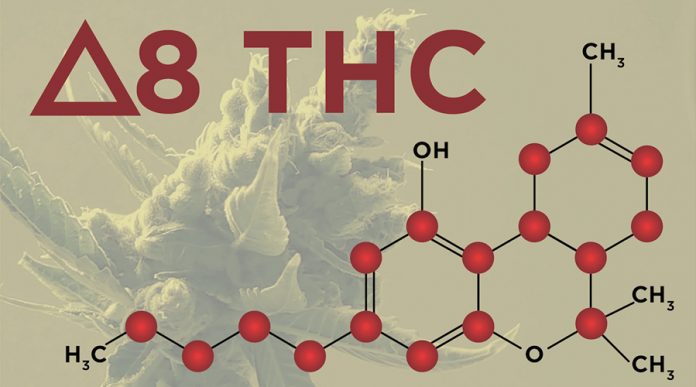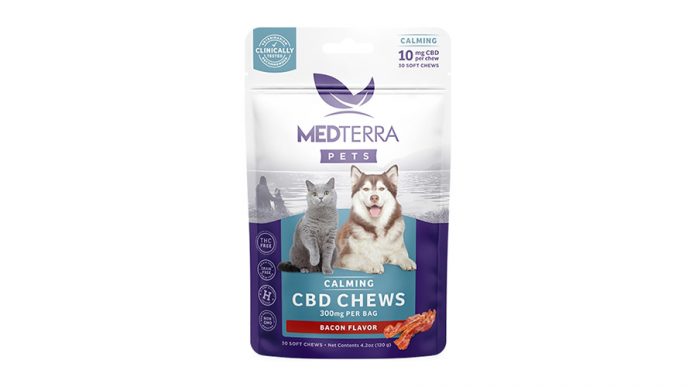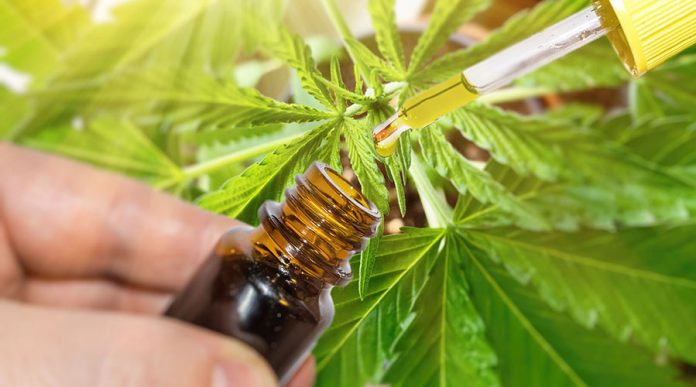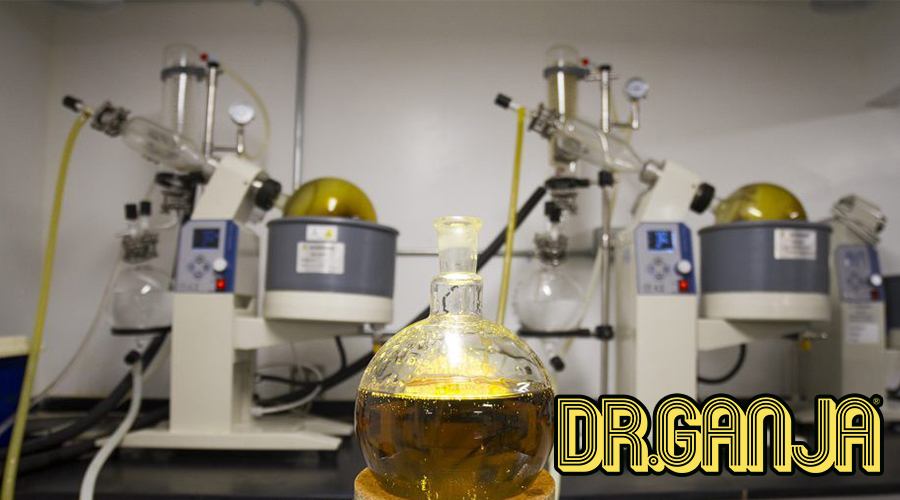
If you’ve bought a few different brands of CBD oil you may have noticed that there’s some variations between them: a different smell or perhaps even a different taste.
This is no mistake, as the oils likely were extracted using different methods. There are many ways to extract CBD oil from the plant (even one involving olive oil!), but today we’re discussing the two main methods used.
1.) Alcohol (or ethanol) Extraction
Here CBD is extracted from the plant material using alcohol as a solvent. It’s actually quite a simple process and many people can, and have, done this in their garage. While I won’t discuss all the details here, with your plant, ethanol, a large bucket, something used to strain (like a cheesecloth), and a way to maintain a steady mid-temperature heat like an oven or rice cooker, you can make your own CBD. Granted, this is the far simplified version of alcohol extraction and not to popular brands’ quality, but it works.
Alcohol extraction at the commercial level involves dousing the entire plant, which is typically chopped up and in powder form at this point, into the ethanol solution. After the mixture has soaked the plant material is strained off and the remaining solution, which now contains the precious cannabinoids and terpenes (but the ethanol as well), is treated by evaporation using heat to get rid of the solvent.
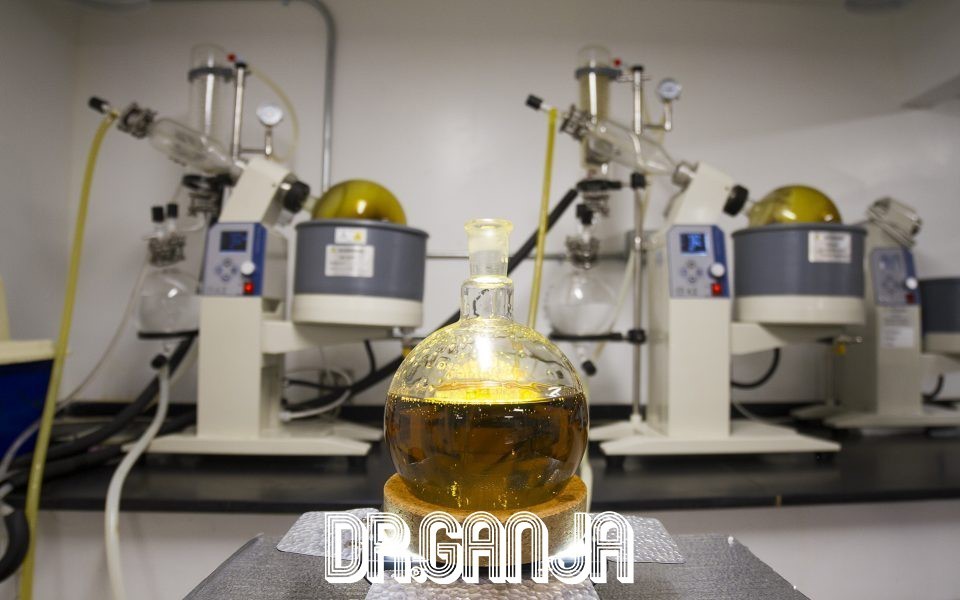
2.) CO2 Extraction
CO2-extracted CBD is more complex and uses CO2 as well as pressure and very low temperatures to extract the CBD from the plant material. CO2 is pushed through the plant material and the cannabinoids are separated. This method not only produces a very clean product, but doesn’t use or give off harsh products so it’s good for the environment as well. The caveat here is that some of the cannabinoids and terpenes that can lend a beneficial effect to the CBD oil are diminished by the process, for the sake of purity.
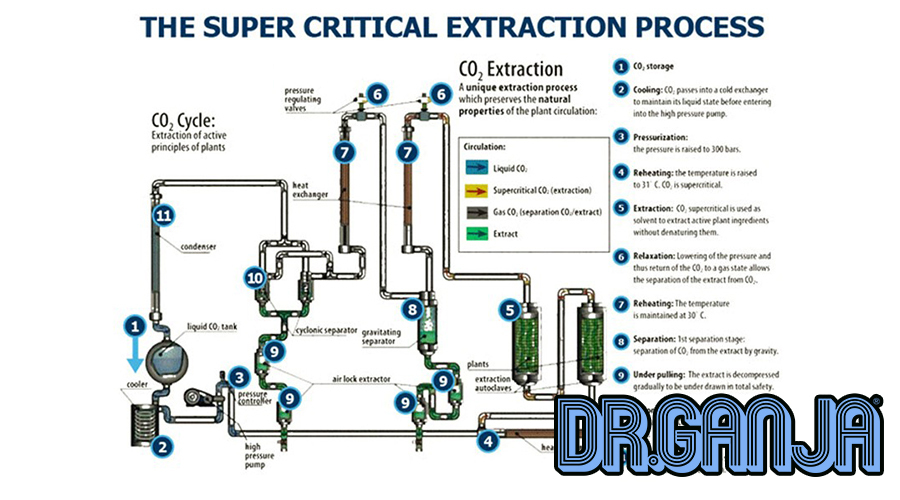
Some important factors in the CBD oil process:
Obviously, the extraction method is critical. Research has shown that CBD oils derived from CO2 methods typically have much lower terpene profiles than ethanol-extracted CBD (if you’re unaware what terpenes are or do, check out our blog post on terpenes). On the other hand, CBD oil made from CO2 extraction makes for an amazingly pure CBD product because of this intense process. Fortunately, many brands add in terpenes thereafter to ensure a well-balanced product.
Ethanol extraction, much like CO2 extraction, is sort of a double-edged sword. While you do retain many of the terpenes and cannabinoids in the plant, you’re also incorporating remnants from the plant like chlorophyll into your oil. If you’ve tried many CBD oils you likely already know the taste of chlorophyll as some brands do not filter it out. It’s taste is noticeably bitter and is reminiscent of hay or grass. While not harmful by any means some people may find the taste and the green color it lends off-putting.
Most importantly, it doesn’t matter what method of extraction you use if your starting plant material isn’t from a good and trusted source. Hemp/marijuana is like anything that grows: it draws from its environment; that is, what’s in the soil will reflect upon the health of the plant.
Like in many things involving the wondrous CBD, such as the how effectiveness of full-spectrum oil vs CBD isolate, or CBD oil vs flower etc., it’s nuanced. Really, it just means that it’s up to you and what you want in your CBD experience.
I hope you found this article informative and as a token of our appreciation for your quest for knowledge enter the coupon code: Relax at the Dr.Ganja website checkout and receive a small discount!
